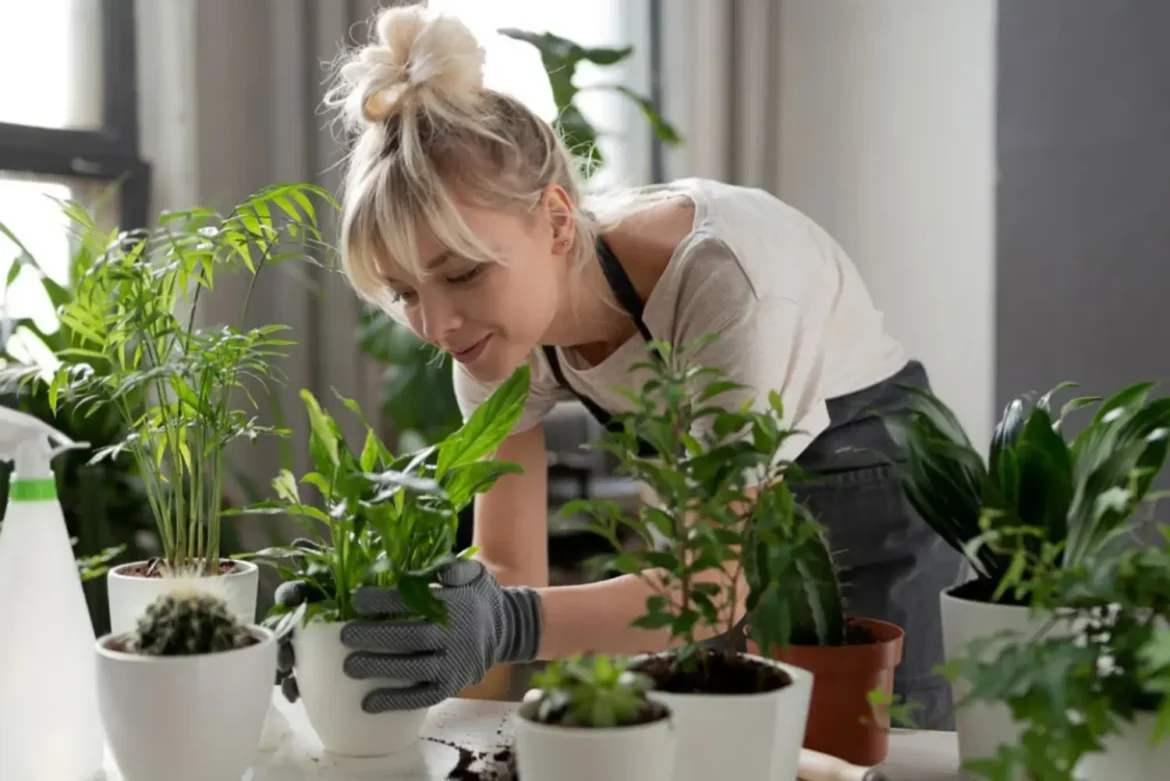Lighting affects plant health and appearance. South-facing windows typically provide the most sunlight, while north-facing windows offer softer light suitable for shade-tolerant species. Artificial lighting, such as LED grow lights, can supplement natural light in darker spaces. Rotating plants periodically ensures even growth and prevents them from leaning towards a single light source. Attention to lighting conditions helps maintain foliage colour, leaf size, and flowering potential.
Pest control and cleanliness are crucial for healthy indoor plants. Common pests like spider mites, aphids, or fungus gnats can be managed with natural solutions, such as neem oil, or by isolating affected plants. Regularly wiping leaves removes dust and allows plants to photosynthesize efficiently. Pruning dead or yellowing leaves improves appearance and prevents disease spread. A consistent cleaning routine supports both plant health and the overall aesthetic of indoor spaces.
Finally, indoor plant arrangements can enhance home decor. Grouping plants of varying heights, textures, and leaf shapes creates visual interest, while individual statement plants can become focal points. Using decorative pots, shelves, or plant stands allows for creative displays that complement interior design. By combining care with thoughtful arrangement, indoor plants contribute to a sense of calm, natural beauty, and well-being within the home.

